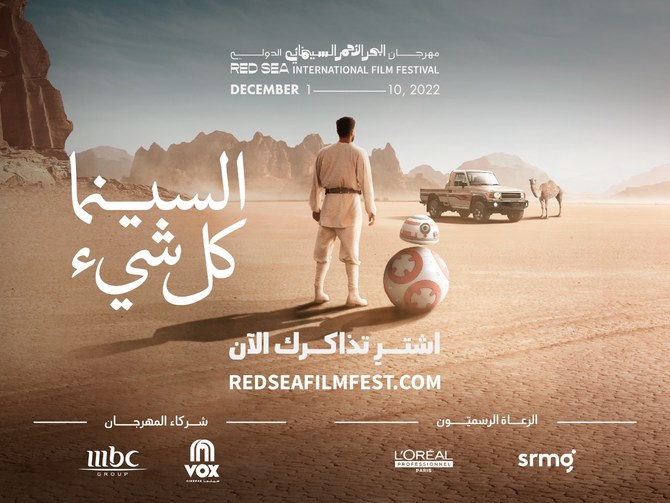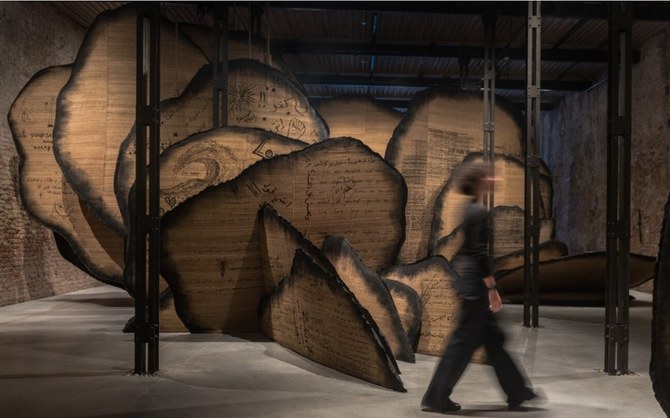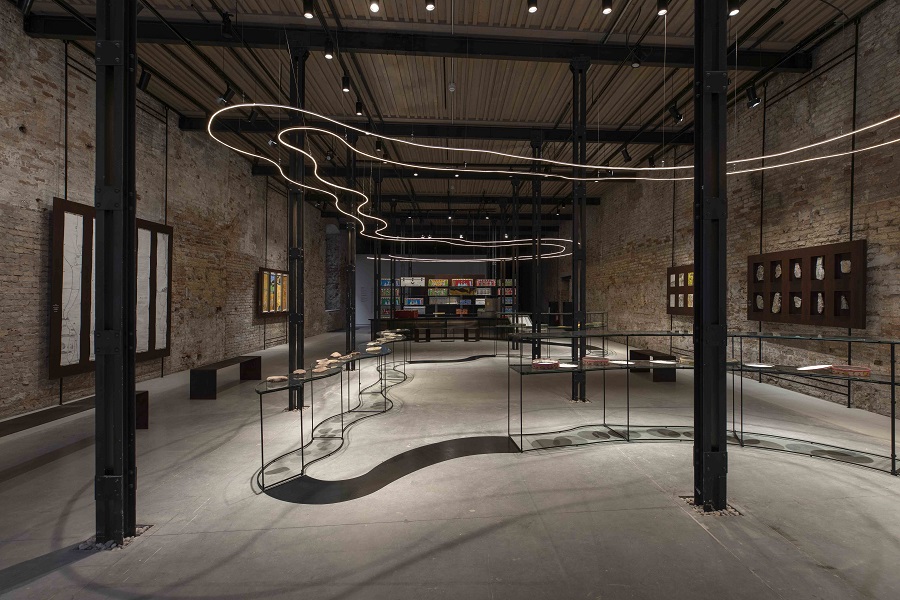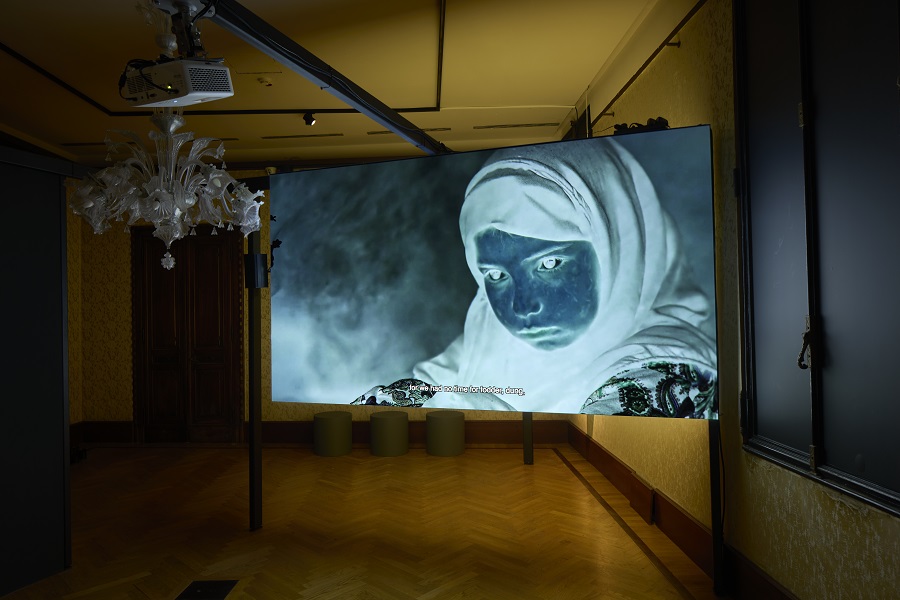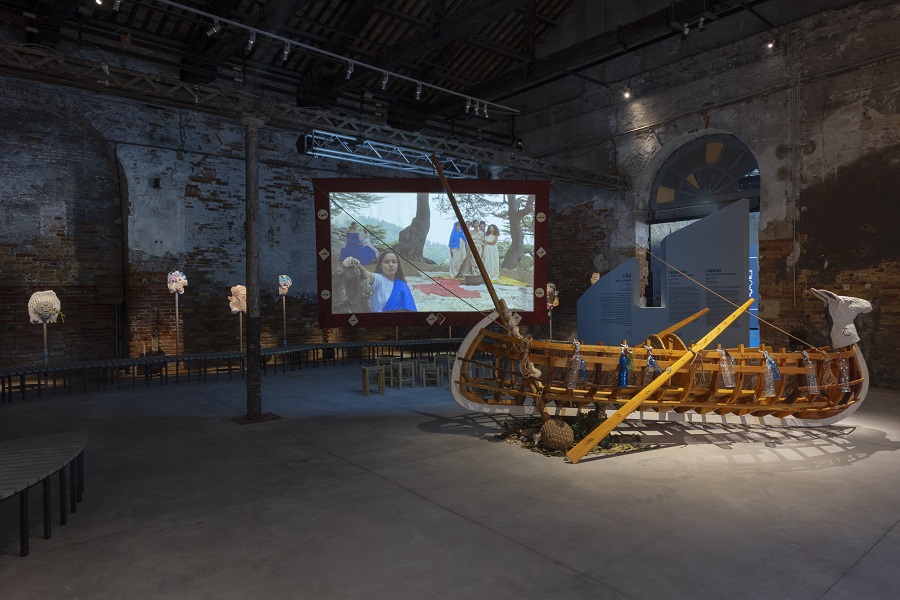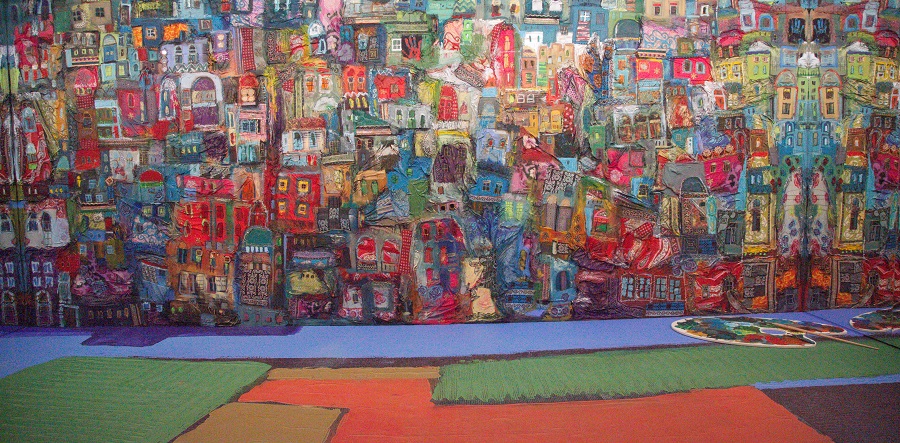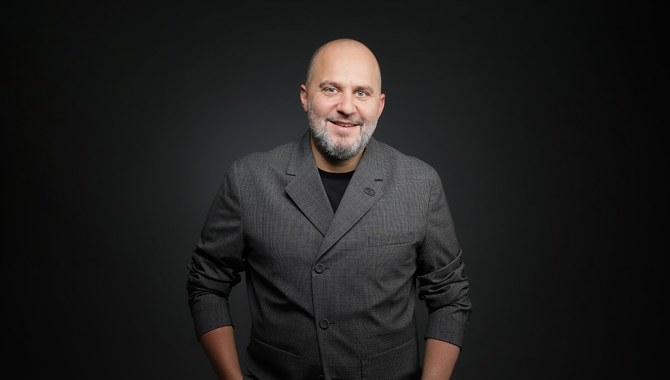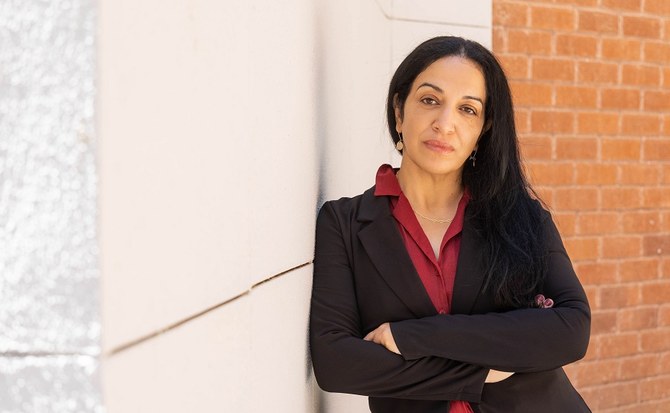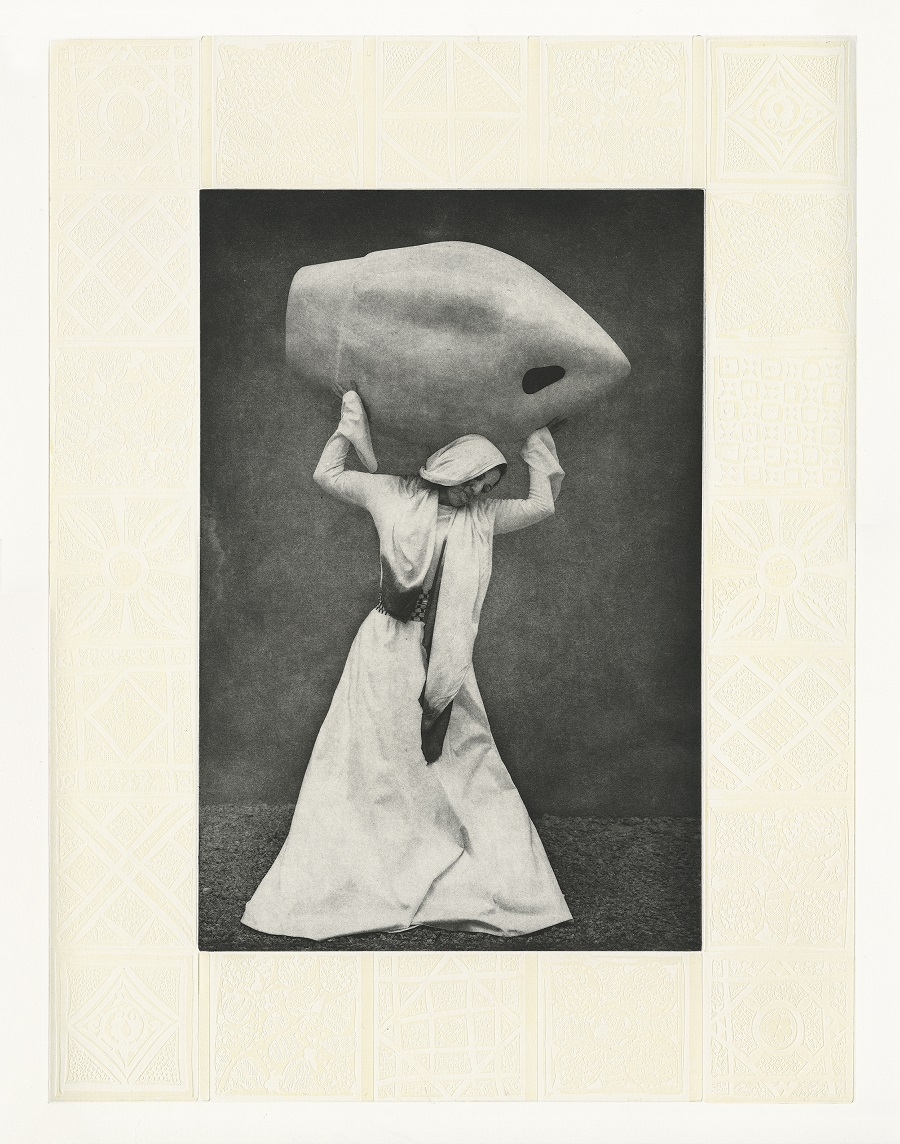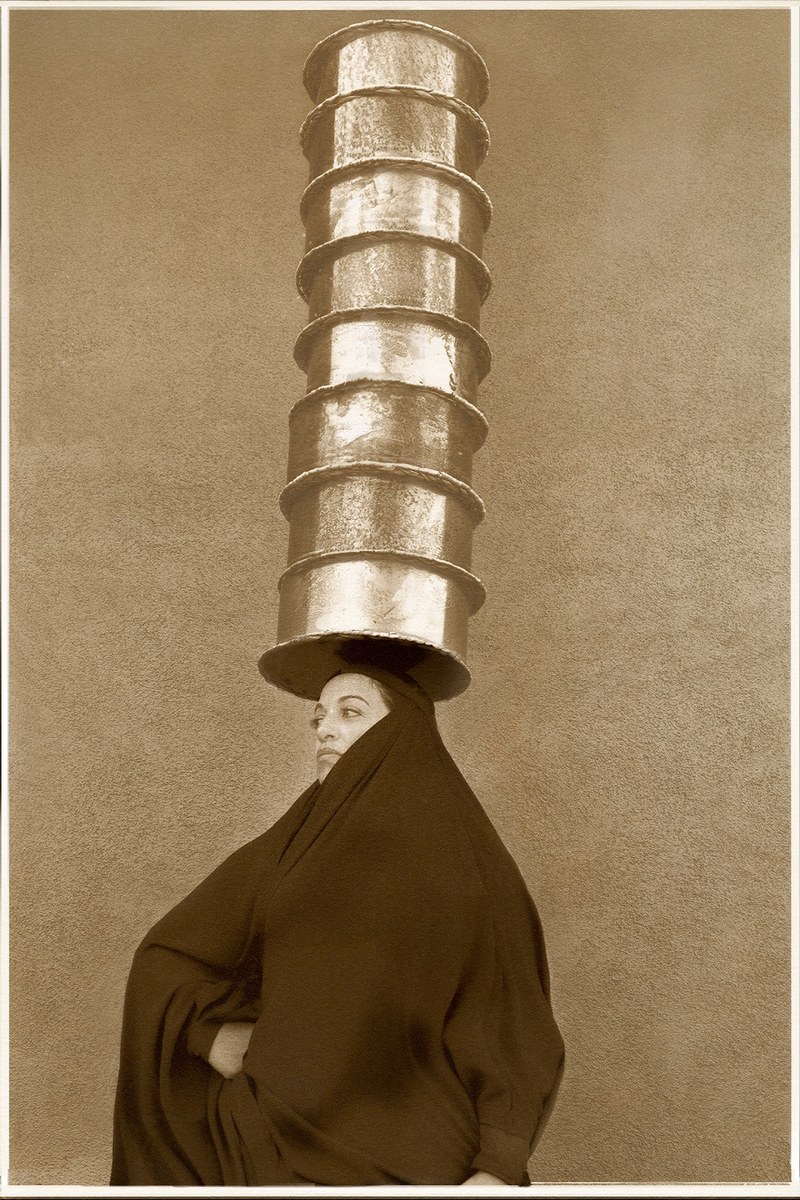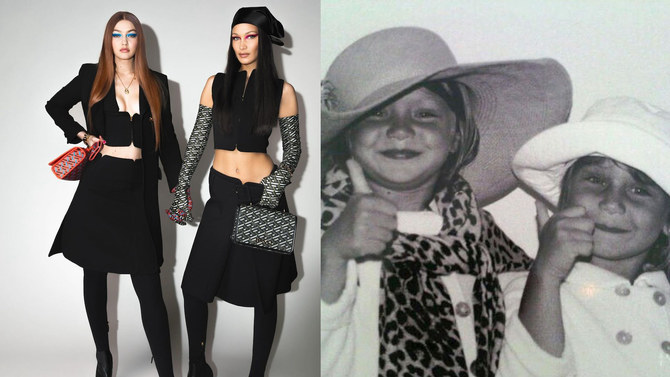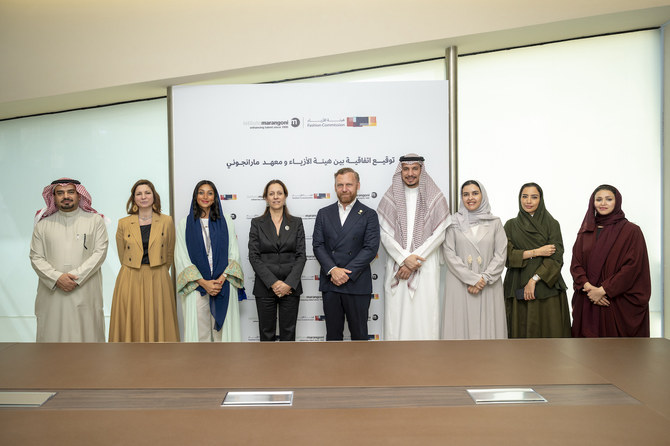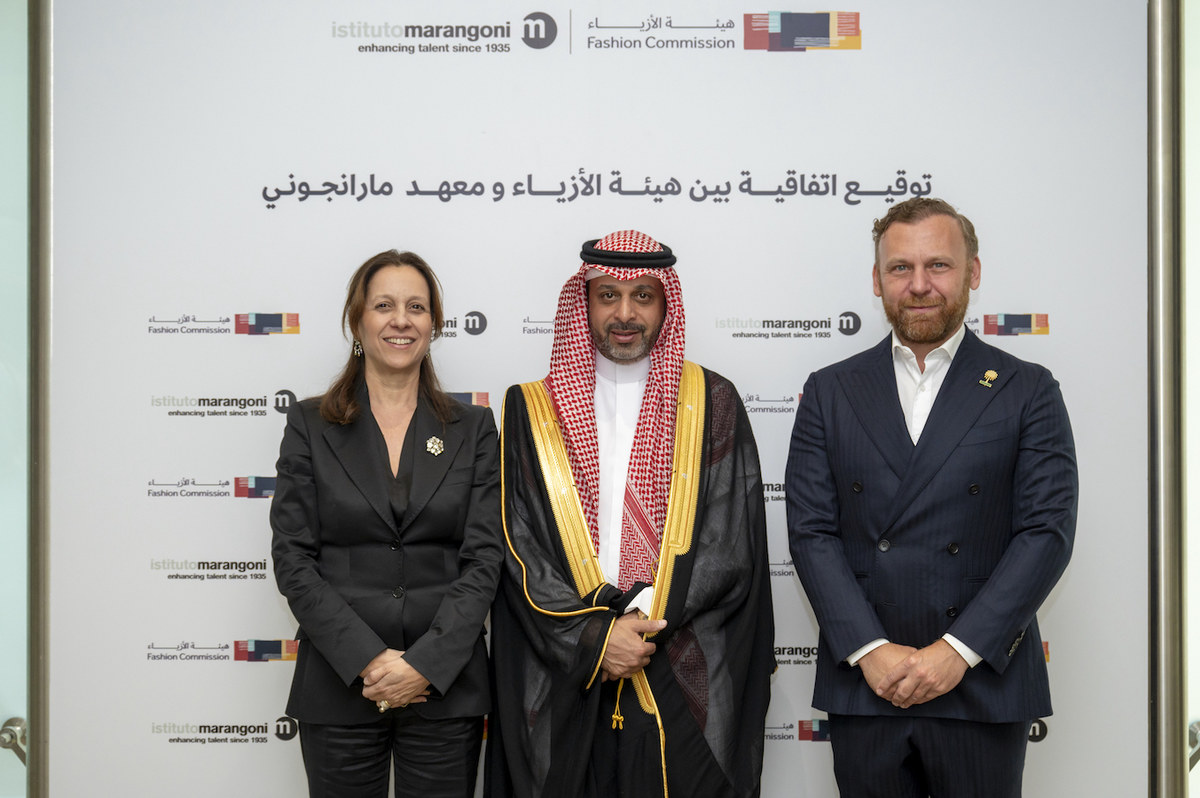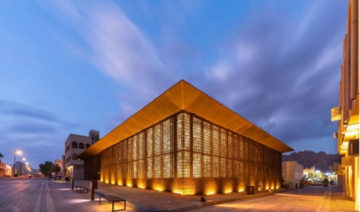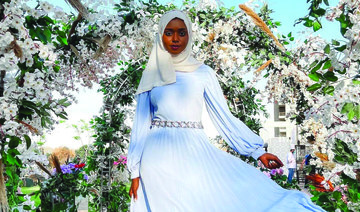JEDDAH: The second Red Sea International Film Festival begins on Thursday in Jeddah and the red carpet has been rolled out at the glitzy Ritz Carlton hotel to welcome international movie stars and filmmakers from East and West.
Under the slogan “Film is Everything,” the event, which continues until Dec. 10, will showcase 131 feature films and shorts from 61 countries, in 41 languages, made by established and emerging talents, including seven feature films and 24 shorts from Saudi Arabia.
In an exclusive interview with Arab News, RSIFF CEO Mohammed Al-Turki said: “This year, we have a very proud moment as we are closing the film festival with a Saudi film. This is a clear indicator of where Saudi cinema is at.
“Our programmers, especially Antoine Khalife, are very picky when it comes to films. So, for the Red Sea International Film Festival to accept a Saudi film means that it is of a quality to showcase at an international festival.
“So we are very proud and happy to show a home-bred film, “Valley Road” — with a Saudi cast, Saudi director and Saudi writer — as our closing film. It just tells you that Saudi cinema is booming at a fast pace.”
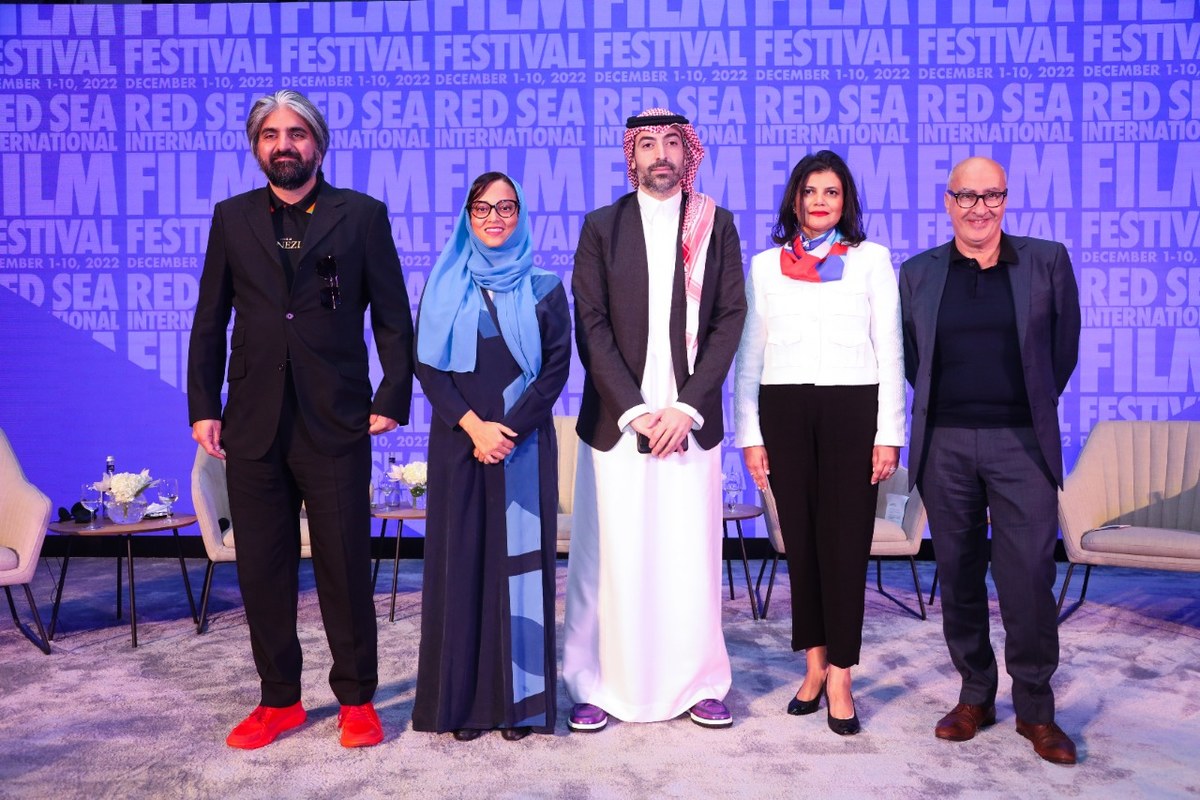
Al-Turki said that the popularity of film has soared in the Kingdom in the five years since a decades-long ban on cinemas was lifted.
“There is a hunger for film and you see that when you look at the numbers of the box office tickets — we have exceeded all neighboring countries,” he said. “We have a bigger box office revenue than the UAE, than Egypt, in just the short time since we lifted the cinema ban in 2017.”
Far from simply playing catch-up with the global cinema industry after the long ban, Saudi Arabia is already excelling in its own right, according to Al-Turki.
“I think we are on the right path … you see a lot of people trying to excel and we’re trying to catch up from the 35 years that cinema was not present,” he said.
“So everybody is trying their best and I’m sure in the next few years we will have Saudi films on a global scale and, hopefully, we can open our film festival in coming years with a Saudi film.”
This year’s opening film “What’s Love Got to Do With It?” is a cross-cultural British romantic comedy directed by Shekhar Kapur and starring Lily James, Emma Thompson, Shazad Latif, Rob Brydon, Shabana Azmi, Sajal Aly, and Asim Chaudhry. It won the Best Comedy award at the Rome Film Festival last month.
The festival schedule includes 34 international premieres, 17 Arab premieres, and 47 films from the Middle East and North Africa. It will also welcome many of the talents, on both sides of the camera, involved in the making of the films.
The festival also features an official competition, the Yusr Awards, in which 26 shorts and 16 features from Asia, Africa and the Arab world will compete in a number of categories, including Best Feature Film, Best Director, Best Screenplay, Best Actor and Best Actress. The winners will be announced on Dec. 8.
The Saudi Film Commission has chosen the film “Raven Song” as the Kingdom’s entry for the Oscars in the Best International Feature Film category. It will have its world premiere at RSIFF on Dec. 3 and is one of the seven films competing for the Golden Yusr for Best Feature Film.
Last year, the Golden Yusr went to the drama “Brighton 4th” by Georgian director Levan Koguashvili, while the top short film award went to “Tala’Vision,” directed by Murad Abu Eisheh from Jordan.
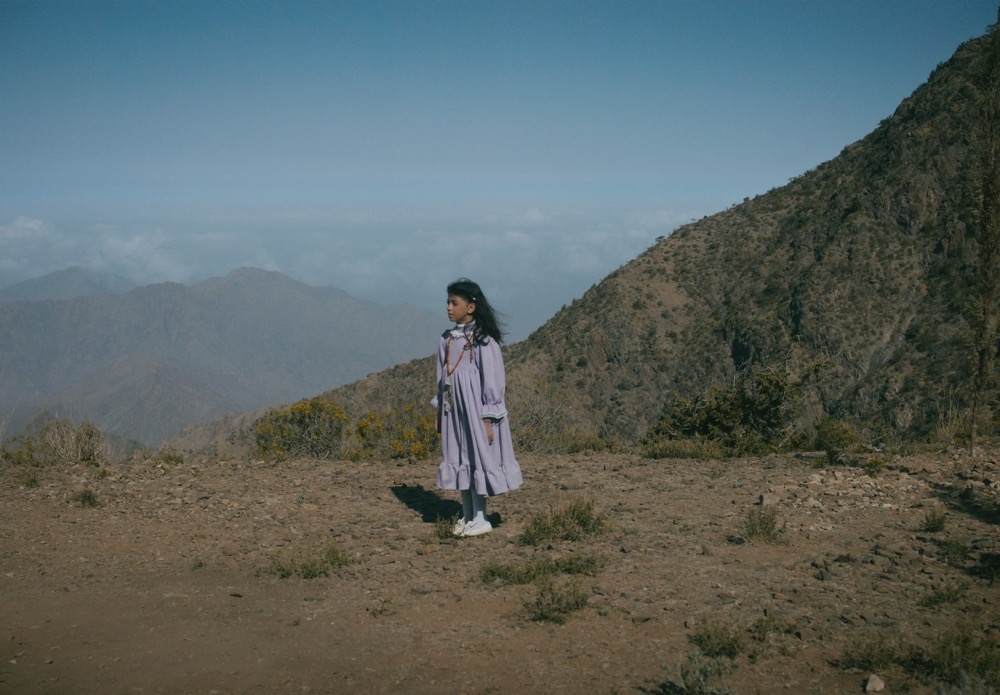
This year, acclaimed US filmmaker Oliver Stone, the recipient of three Academy Awards and director of films such as “JFK,” “Platoon,” “Snowden” and “Born on the Fourth of July,” will head the awards jury.
The festival aims to help open the doors to the film industry for a generation of young Saudis by enriching their knowledge of the industry and providing access to expertise from around the world through a number of initiatives, including competitions that offer funding awards, and filmmaking masterclasses and workshops.
To support and help the fledgling local film industry flourish, RSIFF has its own educational program, Red Sea Labs, and has formed partnerships with TorinoFilmLab in Italy and US film institutions to teach filmmakers from Saudi Arabia and the wider region.
The RSIFF film fund also supports young Saudi and regional filmmakers during preproduction, production and postproduction, said Al-Turki, and “we have the platform, the film festival, to showcase their films. So it comes full circle.”
One of the most significant RSIFF initiatives is the Red Sea Souk, the festival’s industry market platform, which includes a wide-ranging program of curated events designed to foster agreements for coproductions and international distribution, and encourage new business opportunities.
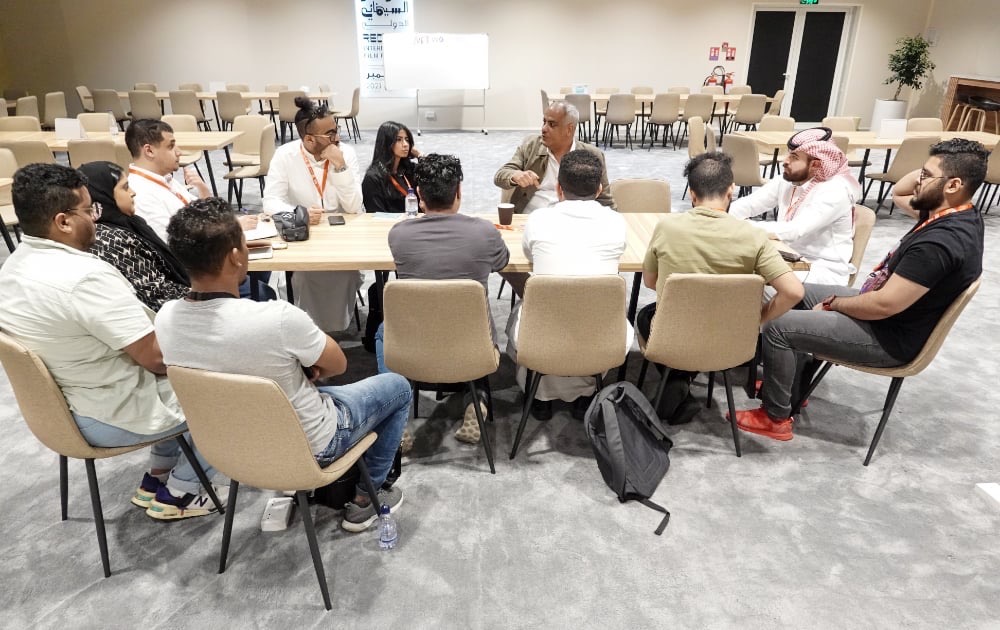
Representatives from 46 countries will take part in the Souk, which runs from Dec. 3 to 6 and offers a chance to network and access key players in the emerging Saudi industry, along with some of the best from the wider Arab and African scenes.
This year, more than 350 distributors, producers, financiers, sales agents and festival representatives will take part in the Souk and participate in face-to-face meetings and sessions with project developers.
During last year’s festival, the Red Sea Souk hosted more than 560 meetings and welcomed more than 3,115 film and media professionals. It was credited with playing a significant role in connecting a new generation of emerging talent with established figures in the cinema industry.
Last year’s marketplace was managed by Saudi artist Zain Zedan, who told Arab News after the festival: “This year was a great first start and we are ready to work on the second edition. The energy is great and the possibilities are endless. We are creating history here.”
This year, cash awards will be provided by the Red Sea Fund and awarded by two juries. The Project Market jury will choose the recipients of Jury Special Mention awards for development ($35,000) and production ($100,000). All selected projects will be eligible for additional awards funded by Red Sea Souk sponsors and partners totaling $670,000.
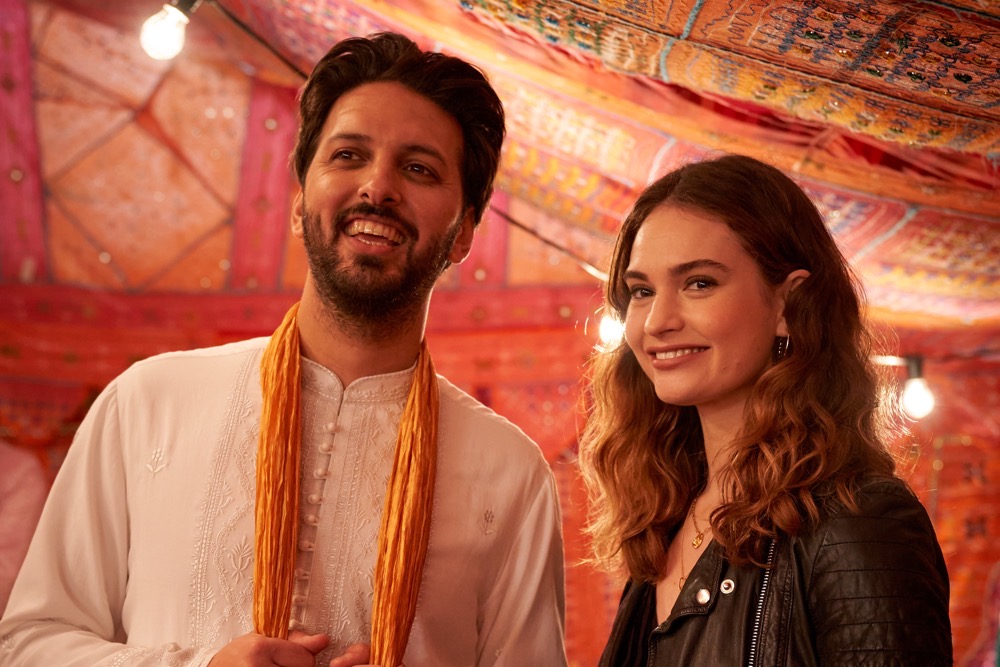
Also as part of Red Sea Souk, the second Talent Days initiative will take place on Dec. 7 and 8. It will feature sessions designed to nurture the next generation of filmmakers and effectively offers an initiation into the cinema industry for aspiring filmmakers through inspirational talks and individual meetings. Acclaimed Tunisian director Kaouther Ben Hania will lead this year’s Talent Days.
The manager of the inaugural Talent Days last year was Rana Jarbou, a Saudi director who said that the aim was “to encourage up-and-coming young Saudi filmmakers and grow the local film industry.”
Alongside the Red Sea Souk, the competitions, the red-carpet galas, outdoor screenings, and other special presentations, the festival will also host a range of themed film programs such as Festival Favorites, New Saudi/New Cinema, Red Sea: Treasures, Red Sea: Arab and International Spectacular, Red Sea: Family and Children, Red Sea: Virtual Reality, and Red Sea: Series. In addition, Red Sea: New Vision is a new strand dedicated to filmmakers who push the boundaries of creativity with a style of genre-defining filmmaking that challenges audiences.
Kaleem Aftab, director of international programming for the festival, told Arab News about the vibrant scene within the Saudi film industry, especially after the success of the first RSIFF last year.
“The Saudi film industry is incredible, considering where it was just five years ago,” he said. “There's a lot of movement forward and a big shift in the right direction. We’re still at the beginning but it’s making a mark in the International Festival space.
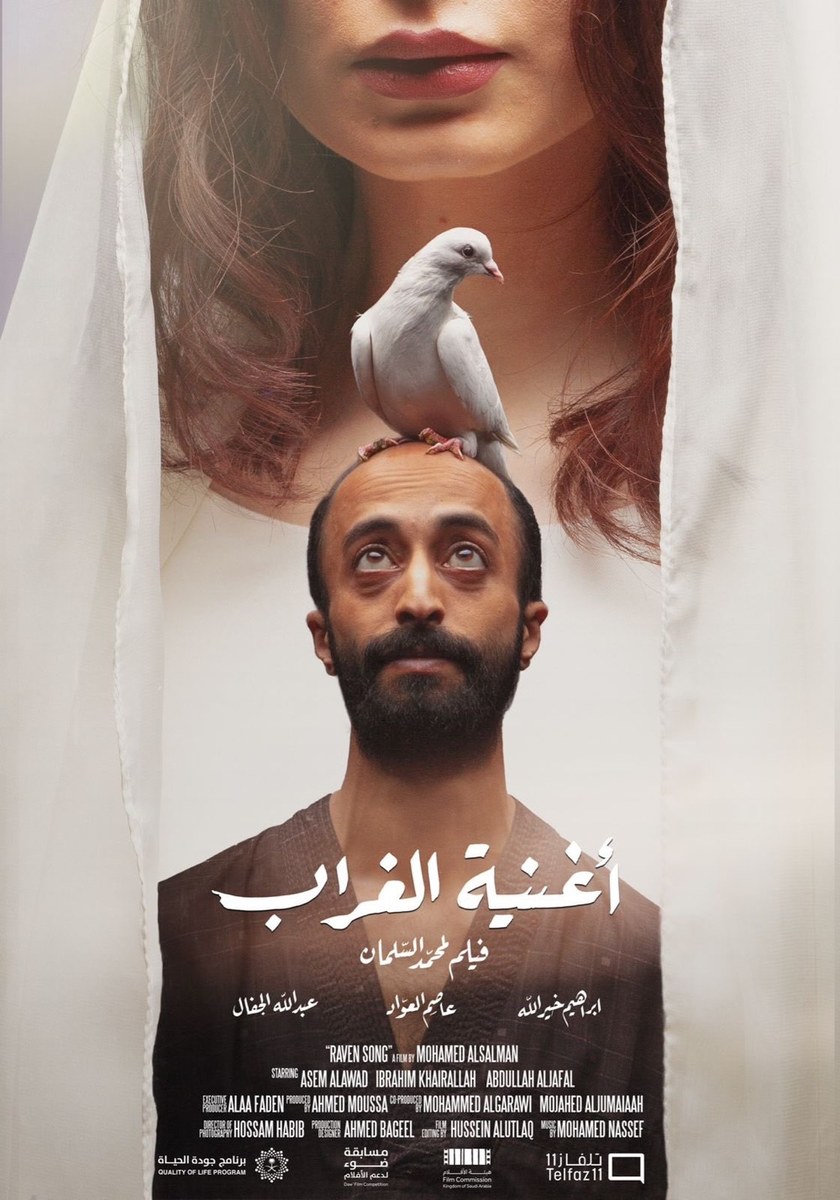
“I think the success of the Red Sea Film Festival, the inaugural edition, really gave a positive feeling to Saudi people and I had the sense that cinema was being celebrated, cinema was a possibility as a career, cinema is something to be proud of rather than something to be scared of, to hide away. I think we’re seeing a change in the perception of the way people want to tell stories.”
Last week, RSIFF organizers announced that this year’s Yusr Honorary Awards would be presented to veteran Egyptian actor Yousra, acclaimed British director Guy Ritchie and Indian actor and producer Shah Rukh Khan, in recognition of their exceptional contributions to film.
Yousra was among the stars who attended the festival last year, during which she advised young Saudi filmmakers to “be patient. Do not rush to stardom, and love your career for what it is. Try and fail, and learn how to choose the right time and career circumstances. Remember, no one jumps to success.”
She added: “I want to see Saudi films that speak to the world, not to a certain region, so the world understands what and who you are.”



